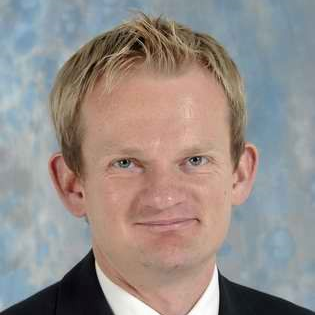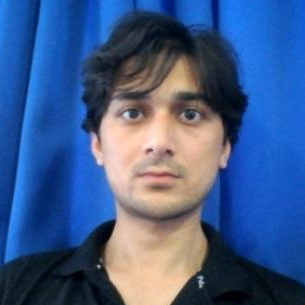State-of-the-Art Frequency Selective Surfaces (FSSs)
A special issue of Applied Sciences (ISSN 2076-3417).
Deadline for manuscript submissions: closed (30 April 2019) | Viewed by 35589
Special Issue Editors
Interests: 3D printing; antennas; artificial dielectrics; dielectric property measurements; embroidered antennas; energy harvesting; heterogeneous substrates; implanted antennas; inkjet printing; metamaterials; metasurfaces; RFID tags; specific absorption rates (SAR); wearable antennas
Special Issues, Collections and Topics in MDPI journals
Interests: metasurfaces; metamaterials; 3D printing; dielectric characterisation
Special Issue Information
Dear Colleagues,
Electromagnetics is an area of rapid growth, with applications ranging from the internet of things to sensing and imaging. Wireless communication is an area that affects everyone’s lives without their noticing. The science and engineering behind this technology goes over the heads of many, but some of us stop and think “How could we make this better?”
This Special Issue of the journal Applied Sciences “Frequency Selective Surfaces” aims to cover recent advances in the development of FSS. This includes topics such as 3D-printing and new manufacturing techniques; conformal FSS; reconfigurable FSS; novel applications of FSS; numerical analysis; FSS at high mm-wave and low THz frequencies; and polarization-dependent FSS.
Dr. William Whittow
Dr. Syed Bukhari
Guest Editors
Manuscript Submission Information
Manuscripts should be submitted online at www.mdpi.com by registering and logging in to this website. Once you are registered, click here to go to the submission form. Manuscripts can be submitted until the deadline. All submissions that pass pre-check are peer-reviewed. Accepted papers will be published continuously in the journal (as soon as accepted) and will be listed together on the special issue website. Research articles, review articles as well as short communications are invited. For planned papers, a title and short abstract (about 250 words) can be sent to the Editorial Office for assessment.
Submitted manuscripts should not have been published previously, nor be under consideration for publication elsewhere (except conference proceedings papers). All manuscripts are thoroughly refereed through a single-blind peer-review process. A guide for authors and other relevant information for submission of manuscripts is available on the Instructions for Authors page. Applied Sciences is an international peer-reviewed open access semimonthly journal published by MDPI.
Please visit the Instructions for Authors page before submitting a manuscript. The Article Processing Charge (APC) for publication in this open access journal is 2400 CHF (Swiss Francs). Submitted papers should be well formatted and use good English. Authors may use MDPI's English editing service prior to publication or during author revisions.
Keywords
- Frequency selective surfaces
- FSS
- metasurfaces
- metamaterials
Benefits of Publishing in a Special Issue
- Ease of navigation: Grouping papers by topic helps scholars navigate broad scope journals more efficiently.
- Greater discoverability: Special Issues support the reach and impact of scientific research. Articles in Special Issues are more discoverable and cited more frequently.
- Expansion of research network: Special Issues facilitate connections among authors, fostering scientific collaborations.
- External promotion: Articles in Special Issues are often promoted through the journal's social media, increasing their visibility.
- Reprint: MDPI Books provides the opportunity to republish successful Special Issues in book format, both online and in print.
Further information on MDPI's Special Issue policies can be found here.






